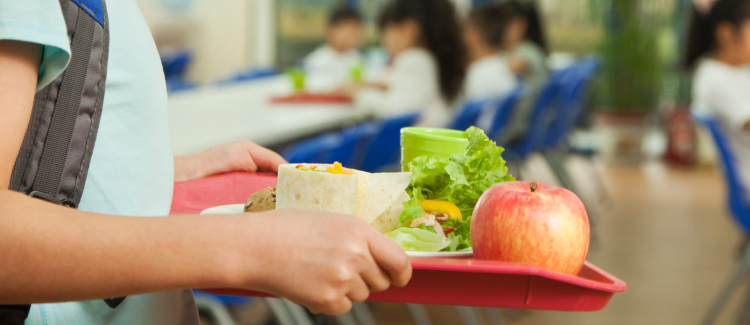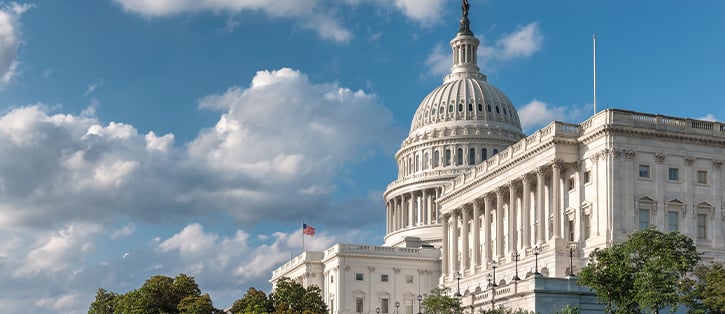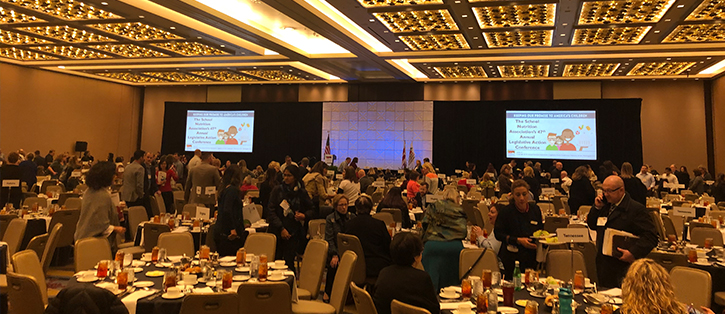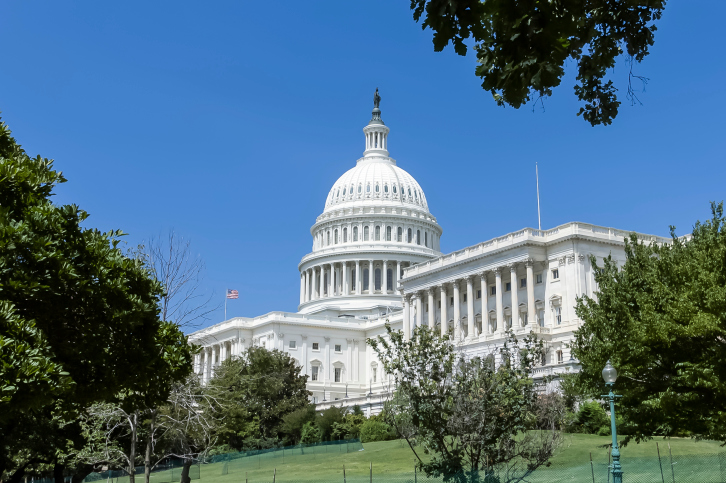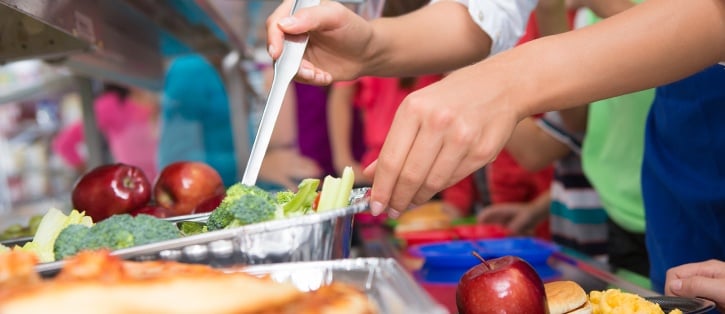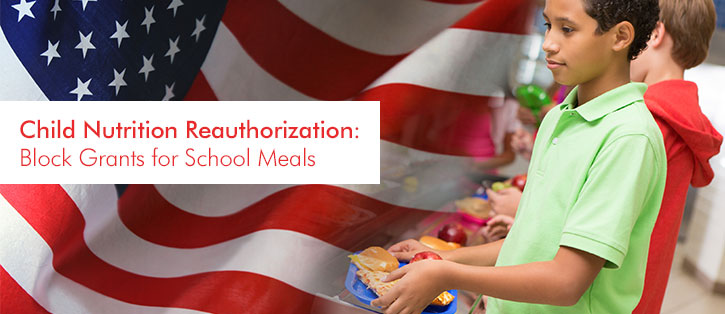The USDA is always working to balance nutrition and taste in school meals, ensuring they are both healthy and delicious. In April 2024, the USDA revealed the final rule for updates to school nutrition standards,which will start to come into effect in the 2025-2026 school year and will need to be fully integrated by the 2027 school year.
According to SNA’s 2024 School Nutrition Trends Report, schools shared that staff shortages and rising costs are their programs' top two challenges. As schools look to navigate through these roadblocks, time is a valuable resource. Choosing which Point of Sale System you’re going to implement for your nutrition program is a big decision, and there are many things to consider. Let’s take a look at a few of the features that will not only help you run a smooth program, but save you time along the way.
Last month the Trump Administration published a new rule on something called Public Charge. It creates new barriers for immigrants to achieve permanent status in the U.S. with either a green card or citizenship. In effect, the rule states that any non-citizen who might receive benefits through the Supplemental Nutrition Assistance Program (SNAP), housing assistance, or Medicaid may not be admitted to the country or be granted legal status. The determination of an immigrant’s likelihood of requiring assistance in the future is a subjective one, but individuals and families that are not wealthy or secure in their employment on arrival will certainly be at risk.
SNA's 47th Legislative Action Conference (LAC) is in the books and I was thrilled to be in attendance, along with several other Heartland team members. This is one of my favorite school nutrition events of the year, and it's a great opportunity for advocates to come together for the betterment of students. Here are some of my top takeaways from this year's event.
The following post was written by Barry Sackin of Sackin & Associates.
The following post was written by Barry Sackin of Sackin & Associates.
It’s October of a very interesting year. The midterm elections are less than a month away, and the direction of the school foodservice segment will be impacted considerably. It is not my place or intention to comment on politics or your choices, but, as good citizens, I encourage all of you to vote your conscience.
The following post was written by Barry Sackin of Sackin & Associates.
The history of school lunch programs in America is anything but brief. The Children's Aid Society began feeding hungry, needy school children in New York City as far back as 1853. But it wasn't until the late 19th century that some major US cities, including Philadelphia and Boston, started their own school lunch programs. Over the next century, authors, war, and politics continued to shape the school lunch program into what we know it as today.
With Verification just around the corner, there's a number of things you and your staff can do in your Free & Reduced software to make this process even smoother this school year. In working with our in-house Free & Reduced experts, we've come up with 5 things every district should do now to prepare for the start of Verification:
The following post was written by Barry Sackin of Sackin & Associates.
Child Nutrition Reauthorization continues its arduous trek through the legislative process with a new wrinkle. The House Committee on Education and the Workforce marked up its version of CNR in late May. There are a few things in the bill that you will probably find appealing: an increase of 2¢ in breakfast reimbursement; elimination of the Paid Meal Equity provision; no additional reductions in sodium beyond Target 1; periodic reviews of meal standards based on science; and a return to the five year review cycle. But there are two killer provisions in the bill as well: raising the threshold for the Community Eligibility Program (CEP) from 40% to 60%; and a three state, three year pilot for block-granting school meals.


